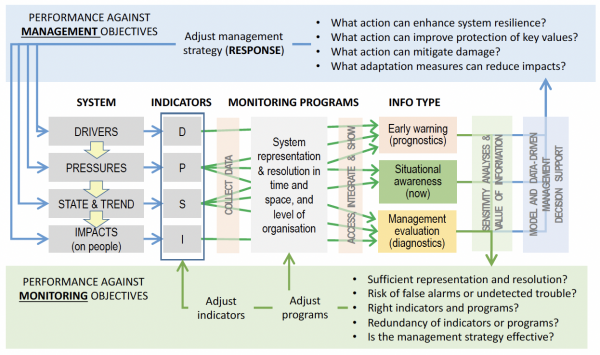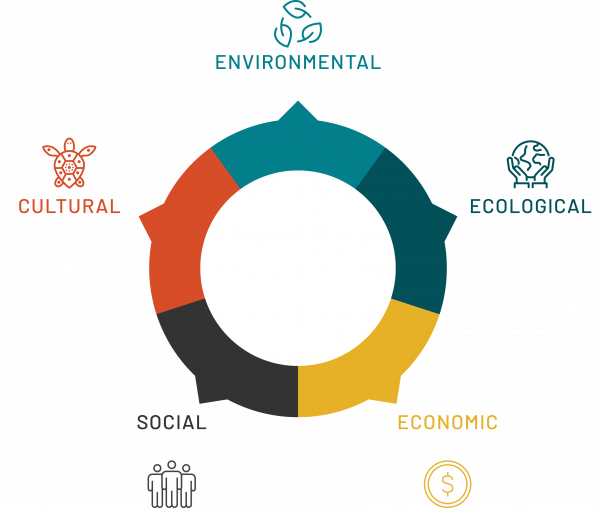How to optimise monitoring of complex reef systems
Ken Anthony
2022-01-10 00:00:00
Using customised modelling for monitoring plans that don't waste resources.
Monitoring is a critical part of adaptive management and most development projects.
A well designed and highly tuned monitoring program can do three things:
- Provide early indications of impacts that can be averted with the right response,
- Attribute any impacts to causal factors and,
- Assess management performance.
But monitoring programs that are not well designed or optimally tuned and targeted are often a waste of time and money.
They produce too much noise and too little signal to guide time-critical decisions or to assess whether the current management plan is working.
We design monitoring programs using a set of guiding principles that maximise signal and minimise noise.
The aim is to design fit-for-purpose monitoring programs, tightly tuned to the objectives of both the monitoring program and the management strategy.
We start by asking what the management objectives are.
From that, we work with you to define the monitoring needs.
This is done via a combination of Value-of-Information analyses and by homing in on the sets of variables that best represent the state, behaviour and key processes in the system.

These indicators become the building blocks of the system model, encompassing environmental, ecological, social, economic and cultural elements (the 5 in ES5).
By using a customised modelling approach that describes and simulates your system, your decision-making will be much more informed and of higher quality than via traditional approaches.
In particular, we resolve critical uncertainty with greater confidence, including taking account of rare but significant events.
If you'd like to ensure your monitoring program will make the best use of the time and money you have to spend on it, let's talk.